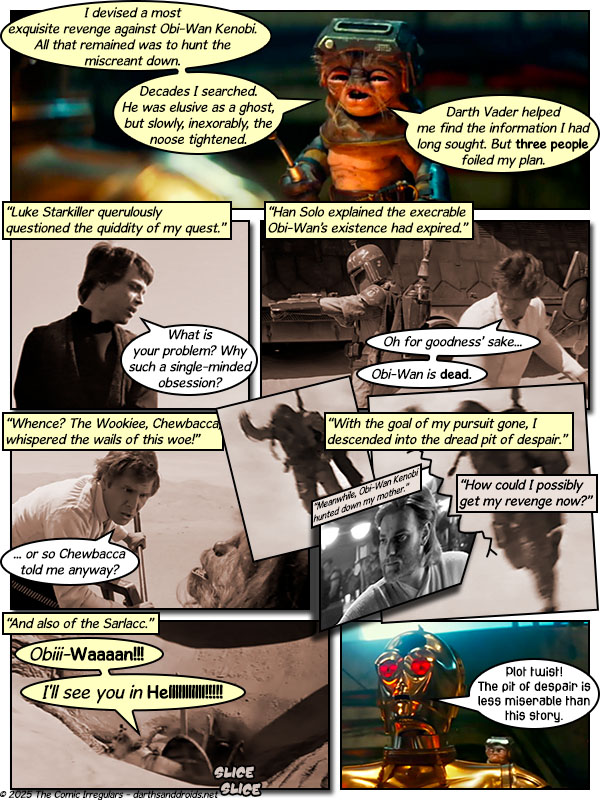Reviewers Behaving Badly
Sep. 19th, 2025 04:53 pmI’ve never been on the receiving end of the sorts of manuscript peer reviews detailed in this article, but I know for sure that they’re out there. Examples shown include things like “This manuscript was not worth my time so I did not read it and recommend rejection”, “What the authors have done is an insult to science” and “This young lady is lucky to have been mentored by the leading men in the field”. Completely unacceptable.
The point of reviewing an article for publication is to offer constructive criticism, not ad hominem zingers. I mean, even if a manuscript is an insult to science, you can tell the authors what you think is wrong with it and why you don’t think it should be published. I realize that takes longer than insulting them, but there you have it. There really are worthless manuscripts out there, God knows, but just saying “This is worthless” doesn’t do anything to help solve the problem. Tell the authors, tell the editors what the problems are. And if the paper isn’t down in that category but (in your view) has significant problems, well, tell the authors what those problems are without mocking them.
As the article mentions, cultural factors can blur the line between plainspoken criticism and insults, but the examples above (and many others quoted) definitely cross the line in anybody’s culture. I have (for example) told authors that their paper is (in my view) not ready for publication until they cite some extremely relevant literature, but I didn’t go on to add my suspicions that they were avoiding doing so to try to make their own work look more novel, or perhaps that they were just too slapdash to have realized that there was any such precedent at all. At most, I might say something like this in the “Notes to the Editors” section that the authors don’t see. Another common problem is poor English on the part of the authors, but that doesn’t call for insults, either: just note that the paper needs polishing up, perhaps giving a few examples of what you mean. All of us who have had to get by in second (or third!) languages are familiar with the problem of sounding unintelligent in them, but just as we don’t want others to make that assumption about us, we shouldn’t turn around and do the same.
I’ve also given “Do not publish” reviews that are more “Do not publish here” when I think that a paper is not a good fit for the journal that it’s been sent to. Given today’s landscape, I think that the old-fashioned category of “Not fit to be published at all” is long dead - there are so many journals out there, many of them hungry for manuscripts and/or author fees, that anything at all can be published somewhere. But most of the time I end up recommended publication after some fixes (and I try not to be one of those reviewers who suggest something that means nine more months of experimental work).
It’s the anonymity that breeds the nastiness, for sure. I have said unkind things about published work here on the blog, of course, but by gosh I say it under my own name with my email address attached. You shouldn’t use reviewer anonymization, in my view, just to say things to authors that you wouldn’t tell them to their faces. As the article says, a key test is for authors in turn to ask themselves, when they get unfavorable comments, whether these things will help them revise their paper or strengthen their results, or whether all they do is shake their confidence (or piss them off, I will add myself). There may be some of each, naturally. But you shouldn’t be afraid to call out unprofessional comments with the editors themselves.
A lot of people who make it a point to talk about how they tell it like it is and how they aren’t afraid to hurt anyone’s feelings are actually trying to give themselves licenses to behave like assholes, because that’s the part that they really enjoy. We have our share of those in the research world, perhaps an outright statistical surplus. But that doesn’t mean we have to give them what they want.













